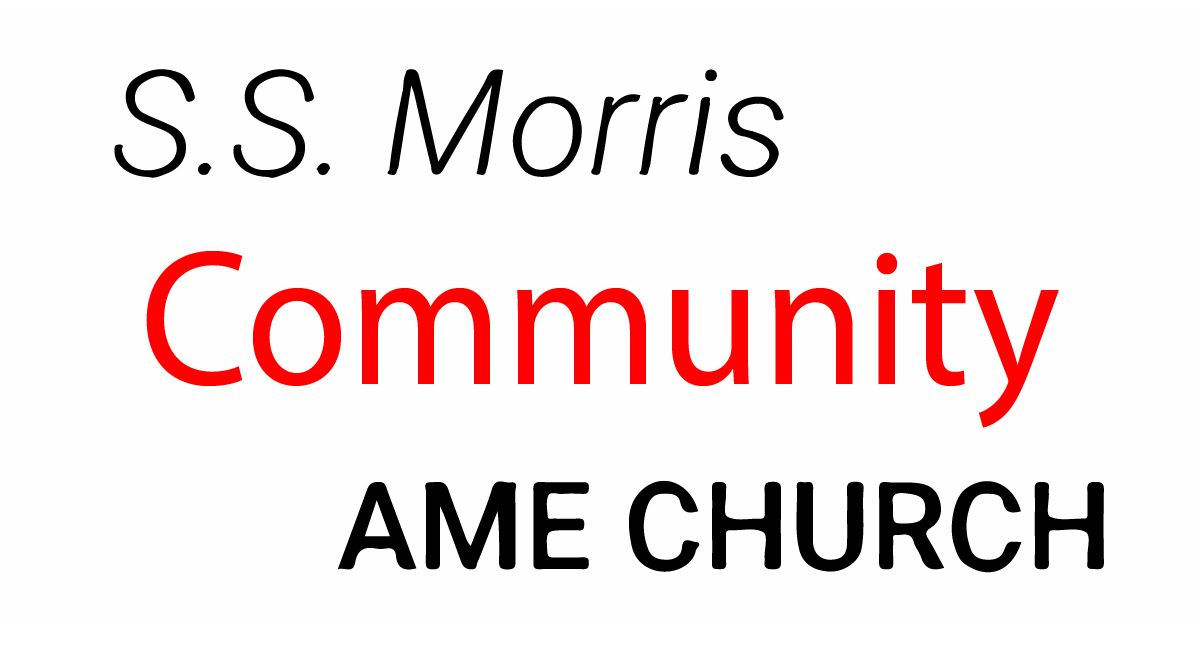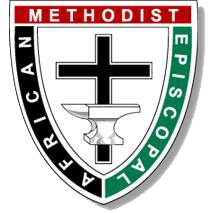The African Methodist
Episcopal Church
Church History
The AMEC grew out of the Free African Society (FAS) which Richard Allen, Absalom Jones, and others established in Philadelphia in 1787. When officials at St. George’s MEC pulled blacks off their knees while praying, FAS members discovered just how far American Methodists would go to enforce racial discrimination against African Americans. Hence, these members of St. George’s made plans to transform their mutual aid society into an African congregation. Although most wanted to affiliate with the Protestant Episcopal Church, Allen led a small group who resolved to remain Methodists. In 1794 Bethel AME was dedicated with Allen as pastor. To establish Bethel’s independence from interfering white Methodists, Allen, a former Delaware slave, successfully sued in the Pennsylvania courts in 1807 and 1815 for the right of his congregation to exist as an independent institution. Because black Methodists in other middle Atlantic communities encountered racism and desired religious autonomy, Allen called them to meet in Philadelphia to form a new Wesleyan denomination, the AME.
The geographical spread of the AMEC prior to the Civil War was mainly restricted to the Northeast and Midwest. Major congregations were established in Philadelphia, New York, Boston, Pittsburgh, Baltimore, Washington, DC, Cincinnati, Chicago, Detroit, and other large Blacksmith’s Shop cities. Numerous northern communities also gained a substantial AME presence. Remarkably, the slave states of Maryland, Kentucky, Missouri, Louisiana, and, for a few years, South Carolina, became additional locations for AME congregations. The denomination reached the Pacific Coast in the early 1850’s with churches in Stockton, Sacramento, San Francisco, and other places in California. Moreover, Bishop Morris Brown established the Canada Annual Conference.
The most significant era of denominational development occurred during the Civil War and Reconstruction. Oftentimes, with the permission of Union army officials AME clergy moved into the states of the collapsing Confederacy to pull newly freed slaves into their denomination. “I Seek My Brethren,” the title of an often repeated sermon that Theophilus G. Steward preached in South Carolina, became a clarion call to evangelize fellow blacks in Georgia, Florida, Alabama, Texas, and many other parts of the south. Hence, in 1880 AME membership reached 400,000 because of its rapid spread below the Mason-Dixon line. When Bishop Henry M. Turner pushed African Methodism across the Atlantic into Liberia and Sierra Leone in 1891 and into South Africa in 1896, the AME now laid claim to adherents on two continents.
While the AME is doctrinally Methodist, clergy, scholars, and lay persons have written important works which demonstrate the distinctive theology and praxis which have defined this Wesleyan body. Bishop Benjamin W. Arnett, in an address to the 1893 World’s Parliament of Religions, reminded the audience of the presence of blacks in the formation of Christianity. Bishop Benjamin T. Tanner wrote in 1895 in
The Color of Solomon – What?
that biblical scholars wrongly portrayed the son of David as a white man. In the post civil rights era theologians James H. Cone, Cecil W. Cone, and Jacqueline Grant who came out of the AME tradition critiqued Euro-centric Christianity and African American churches for their shortcomings in fully impacting the plight of those oppressed by racism, sexism, and economic disadvantage. Today, the African Methodist Episcopal Church has membership in twenty Episcopal Districts in thirty-nine countries on five continents. The work of the Church is administered by twenty-one active bishops, and nine General Officers who manage the departments of the Church.

African Methodist Episcopal
The word African means that the church was organized by people of African descent and heritage. It does not mean that the church was founded in Africa, or that it was for persons of African descent only.
The church’s roots are of the family of Methodist churches. Methodism provides an orderly system of rules and regulations and places emphasis on a plain and simple gospel.
Episcopal refers to the form of government under which the church operates. The chief executive and administrative officers of the African Methodist Episcopal denomination are the Bishops of the church.

Mission & Vision
Mission: The Mission of the AME Church is to minister to the social, spiritual, and physical development of all people.
Vision: At every level of the Connection and in every local church, the AME Church shall engage in carrying out the spirit of the original Free African Society, out of which the AME Church evolved: that is, to seek out and save the lost, and to serve the needy. It is also the duty of Church to continue to encourage all members to become involved in all aspects of church training.



